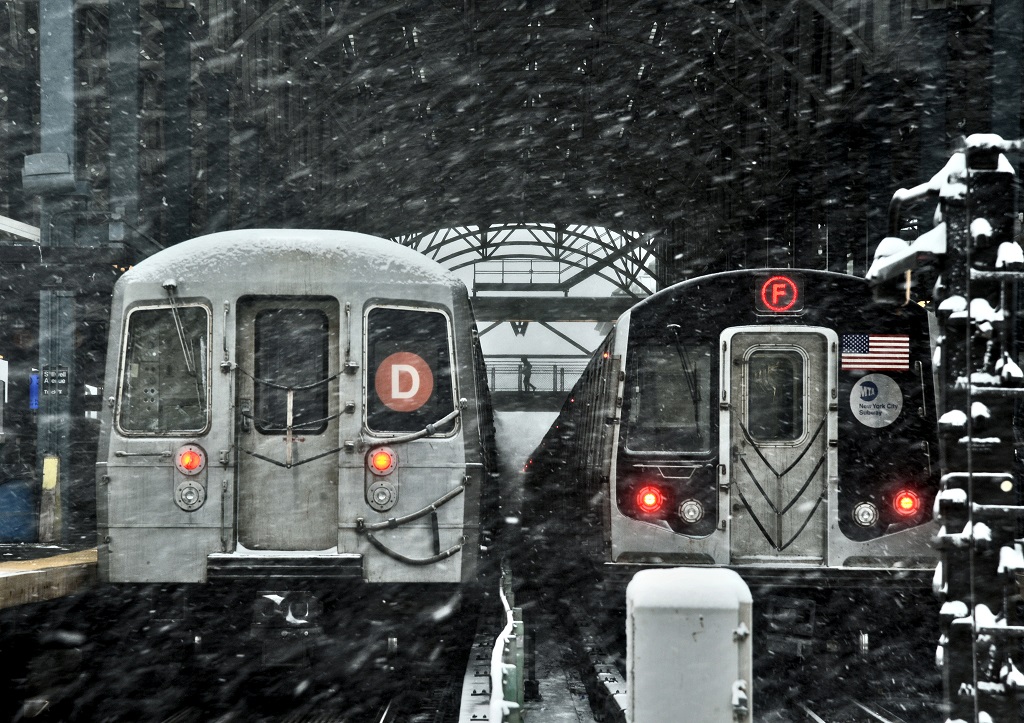
This post is also available in:
 עברית (Hebrew)
עברית (Hebrew)
As more passengers return to public transportation, it is required that authorities around the world keep them safe and healthy, and minimize the risk of COVID-19 infection.
A new technology that filters and purifies air inside rail cars uses an electrical field to generate a wave of ionised particles that destroy airborne viruses, bacteria and particulate matter, including COVID-19. The New York’s Metropolitan Transportation Authority (MTA) is the first transit agency in North America to test the technology.
The pilot follows a successful proof-of-concept conducted by Metro-North. The air filtration and purification system, developed by Knorr Brake, is incorporated into the railroads’ existing ventilation systems. It enhances in-car air filtration – which already filters air 30 times an hour or once every 120 seconds. MTA says that this rate exceeds CDC standards for certain medical facilities and surpasses standards for classrooms and restaurants.
In partnership with the MTA, researchers with the U.S. Environmental Protection Agency will test the technology to determine effectiveness in meeting the needs for public transit.
If the pilot proves successful, not only does this new air purification technology kill COVID-19, it kills any virus including the standard flu or bacteria that cause the common cold, and even particulate matter like diesel fumes. The benefits provided by this new system would last well after the pandemic has ended, according to Metro-North Railroad.
About one-third of the air travelling through the ventilation system is fresh air pulled from above the roof of the cars. The system totally replaces the air inside a car 12 times an hour, or about once every five minutes.
According to intelligenttransport.com, the new system passes air through three stages. The first stage applies an electrostatic discharge to actively target viruses, and then uses physical filtration to remove the charged particles. The air is then safely exposed within a self-contained unit, to ultraviolet radiation that has long been proven to kill bacteria, mold, and viruses. Third, the air is exposed to a wave of ionised particles that attack pollutants, chemically decomposing them.
The ions further travel deeply through the air distribution ducts of the car and into the vehicle interior to enhance the railroads’ existing disinfection of surfaces inside the cars.
The question remains whether this development will provide passenger with a safer ride.

























